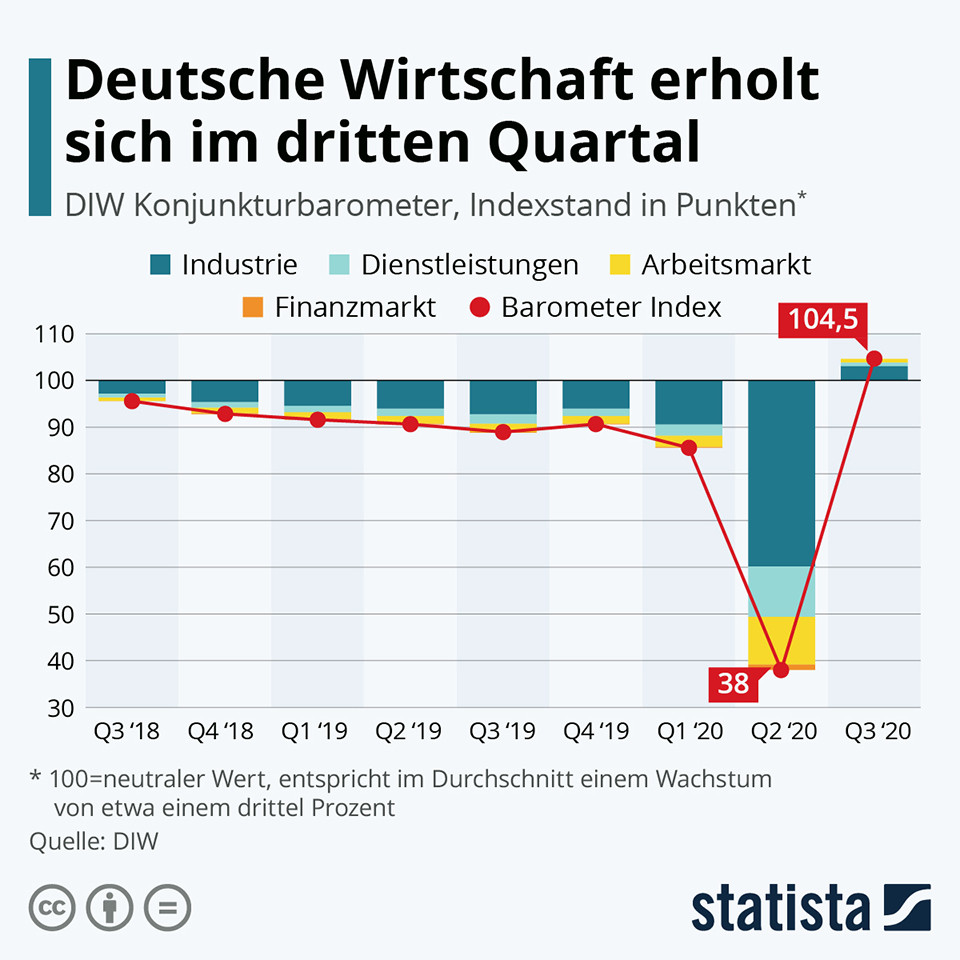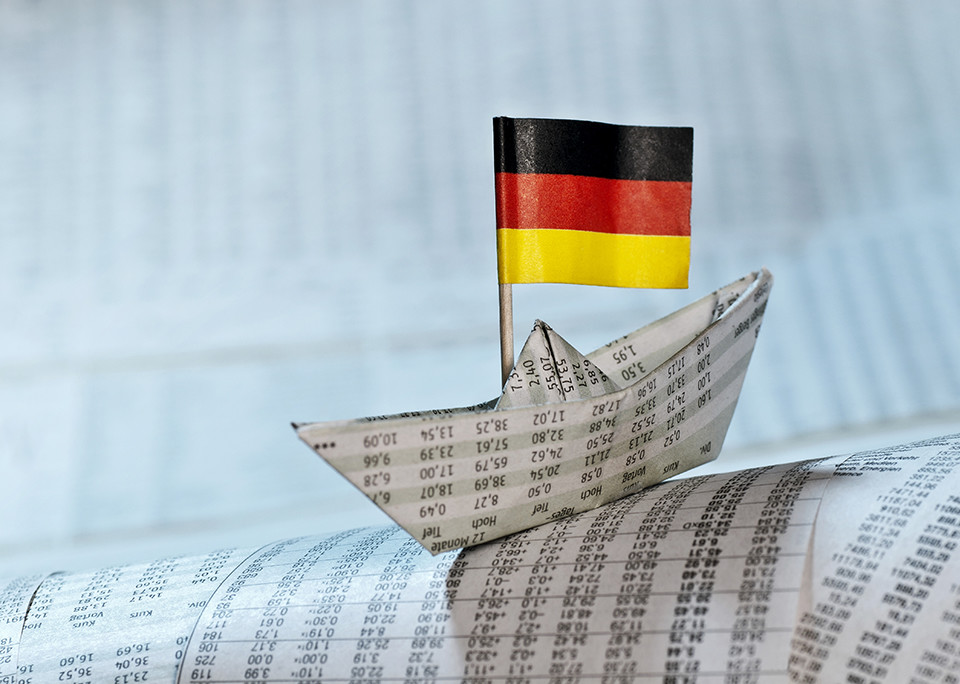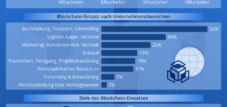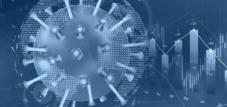German economy is recovering
Language selection 📢
Published on: August 13, 2020 / update from: September 13, 2020 - Author: Konrad Wolfenstein
German economy recovers in the third quarter – German economy recovers in the third quarter
The economic barometer from the German Institute for Economic Research (DIW Berlin) also rose significantly in August, to 105 points. This means that for the first time since the end of 2017 it is above the 100-point mark, which indicates average growth in the German economy. In the current third quarter, local economic output is expected to grow strongly - albeit from a much lower level after the historic slump in the spring.
Things are unlikely to continue as dynamically as things progress. According to DIW economic expert Simon Junker, the situation on the labor market remains tense: “Companies can avoid layoffs for the time being through short-time work. However, since demand remains subdued in some areas, also because consumers may change their consumption behavior permanently, unemployment, which shot up in the spring, is likely to remain high. Concerns about a second wave of infections are also likely to weigh on developments.
The economic barometer from the German Institute for Economic Research (DIW Berlin) also rose significantly in August, to 105 points. This means that for the first time since the end of 2017 it is above the 100-point mark, which indicates average growth in the German economy. In the current third quarter, local economic output is expected to grow strongly - albeit from a much lower level after the historic slump in the spring.
Things are unlikely to continue as dynamically as things progress. According to DIW economic expert Simon Junker, the situation on the labor market remains tense: “Companies can avoid layoffs for the time being through short-time work. However, since demand remains subdued in some areas, also because consumers may change their consumption behavior permanently, unemployment, which shot up in the spring, is likely to remain high. Concerns about a second wave of infections are also likely to weigh on developments.
The economic barometer of the German Institute for Economic Research (DIW Berlin) also rose significantly in August, to 105 points. For the first time since the end of 2017, it is above the 100-point mark, which indicates average growth in the German economy. In the current third quarter, economic output in Germany is likely to grow strongly, albeit from a much lower level after the historic slump in spring.
It is unlikely to continy with search momentum in the Further Course of the Year. Accord to Diw Economic Expert Simon Junker, The Situation on the Labor Market Remains Tensse: “Companies Can Avoid Layoffs for the Time Being by Using Short-Time Work. However, as Demand Remains subdued in some areas, party going consumers may change their consumption Behavior for the long term, the unemployment rate that shot up in the jump is likery to remain high. Concerns about a Second Wave of Infection Are So Likely to Weigh on Developments.
The economic barometer of the German Institute for Economic Research (DIW Berlin) also rose significantly in August, to 105 points. This means that for the first time since the end of 2017 it is above the 100-point mark, which indicates average growth in the German economy. In the current third quarter, economic output in Germany is likely to grow strongly, albeit from a much lower level after the historic slump in spring.
It is unlikely to continy with search momentum in the Further Course of the Year. Accord to Diw Economic Expert Simon Junker, The Situation on the Labor Market Remains Tensse: “Companies Can Avoid Layoffs for the Time Being by Using Short-Time Work. However, as Demand Remains subdued in some areas, party going consumers may change their consumption Behavior for the long term, the unemployment rate that shot up in the jump is likery to remain high. Concerns about a Second Wave of Infection Are So Likely to Weigh on Developments.

You can find more infographics at Statista
























